Platonic Calvinism
I think that we must consider that ancient philosophy, above all Greek philosophy, is very decisive to modern theological think, and this sentence is alone limited some step, but we must consider that origin of this interpretation is very Platonic. It is enough that we consider a step of a book of Jean Calvin and we can look that this step is directly from Plato(428/427-348/347 b.Ch.); from Institutions of Christian religion we can read: “…it is evident that the man could not know himself if he don’t raise to God, and after he will go downing after to see himself”; this step is very important to heathen origin, and specify from Plato, because we must consider that Plato tells about soul of men that has had knowledge of word to Word of Ideas, where soul has a speculative vision of knowledge and after this soul will goes down to body; then God is Christian translation of Platonic Word of Ideas, then we must see always to God to know our self. Calvin continuing with other reference likewise Platonic, in fact he sais: “The man is habited to see black and darkness thing, and when he find new objects and turns his eyes other where he thinks that these are white and clear, but after he consider that these objects are mixed to blackness and darkness”; other think of Plato, because when man has seen reality and he remember that is Word of Ideas he find defects and impurities, typical of earthy word, because it is ideal vision of a divine word that is purely health. Then Plato has inspired indirectly Calvin, because it is evident also to other step: “Knowledge of God is act inherent to human soul”, then: “…God has given a knowledge about him and he revives memory through sparks that are present sometime…” this is memory of Plato of Word of Ideas, when man remembers something and he has took it from ideal word.
Alessandro Lusana






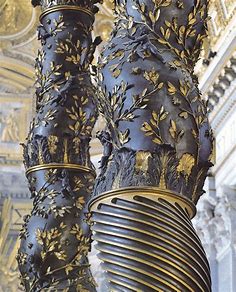




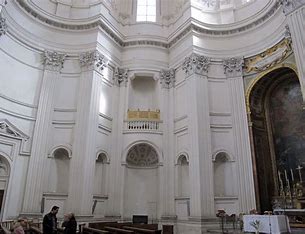
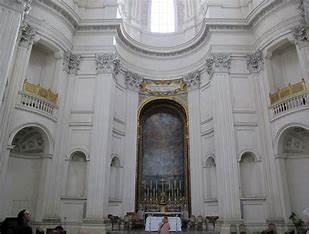

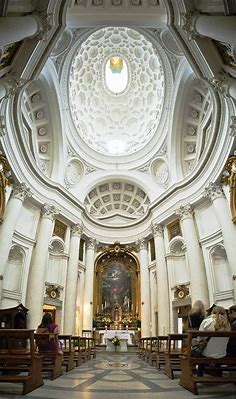

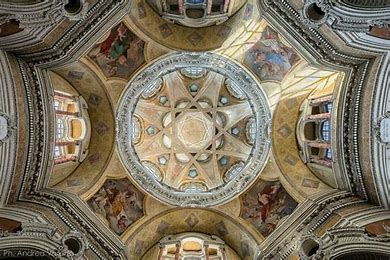


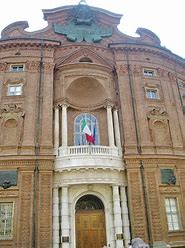















.jfif)